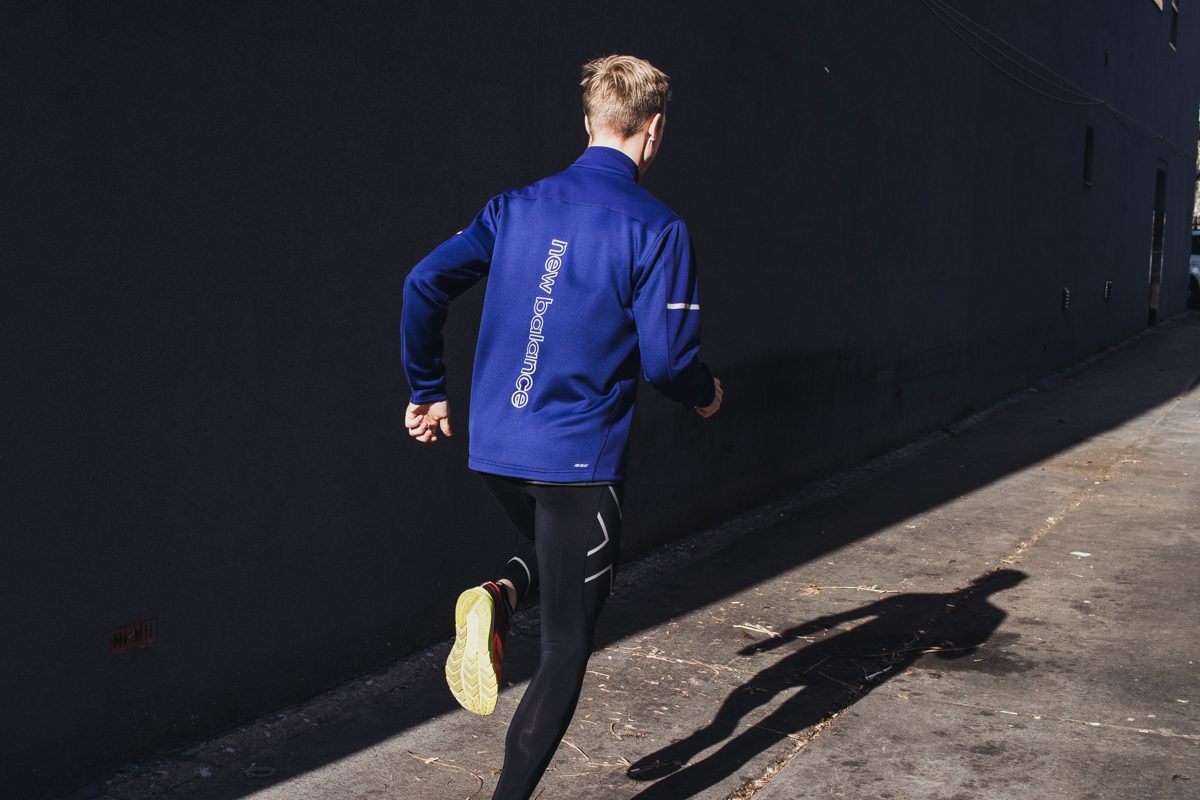Running intensity: How fast? How often? Not as much as you think
In order to run faster you have to run faster. But how fast and for how long is what really counts.


If given the choice between running most of your mileage faster or slower, which would you choose to maximize performance?
A common adage in running goes that if you want to get faster in races, you have to run faster in training. This of course has a ring of truth to it but the more important question then becomes how fast and for how long?
RELATED: Training tips: Find time to leave your comfort zone
Almost any training program from the mile to the marathon will incorporate some amount of higher intensity training—be it hills, intervals, fartleks or tempo running—that is designed to help you run faster and perform better. But knowing how often to train at a high intensity is still more of an art than a science.
One study published in the International Journal of Sports Physiology and Performance sought to explore which of two training programs was more effective for producing faster race times. And unlike a majority of sports science research that uses either collegiate athletes or (mostly) sedentary controls, this one used 30 experienced recreational runners (i.e. people like you and me). Another advantage of the study was that it used the participant’s performance in a 10K time trial–a close simulation of a real life (road race) event–both before and after to determine the effects of the training.
Participants were randomly divided into one of two training groups. In the first group (“high intensity”), subjects performed 50 per cent of their training at low intensity (think easy running), 25 per cent at moderate intensity (tempo running) and the final 25 per cent at high intensity (hills, strides or intervals). The second group (“low intensity”) did 80 per cent of their training at low intensity, no training at moderate intensity, and 20 per cent at high intensity. Both groups were instructed to run the same total mileage–between 50-65K per week–and trained for a total of 10 weeks.
All of the runners performed a 10K time trial both before and after the training period to determine which group improved the most.
Perhaps surprisingly, runners in the low-intensity group improved significantly more than the high-intensity group. On average, the low-intensity group improved their 10K time trial by 41 seconds more than those in the high-intensity group.
But why and what does this mean for you?
The most likely reason that running more mileage at moderate and high intensities is not beneficial to performance is that this training is more exhaustive and creates greater lasting fatigue that can leave runners overtired going into their high-intensity efforts. Running at low intensity on the other hand, affords numerous aerobic and endurance benefits while also allowing runners to be well rested and thus able to run their high-intensity efforts at the proper paces and effort.
The take home message here is that if you’re like most runners, you may be running too much at moderate and high intensity and not enough at lower intensities. Aim to do at least 80 per cent of all running at an easy or aerobic (conversational) pace and no more than 20 per cent at a moderate-to-high intensity. Taking this approach, you’ll likely feel better and stronger going into your high-intensity sessions and can also increase your mileage safely and effectively as well.


